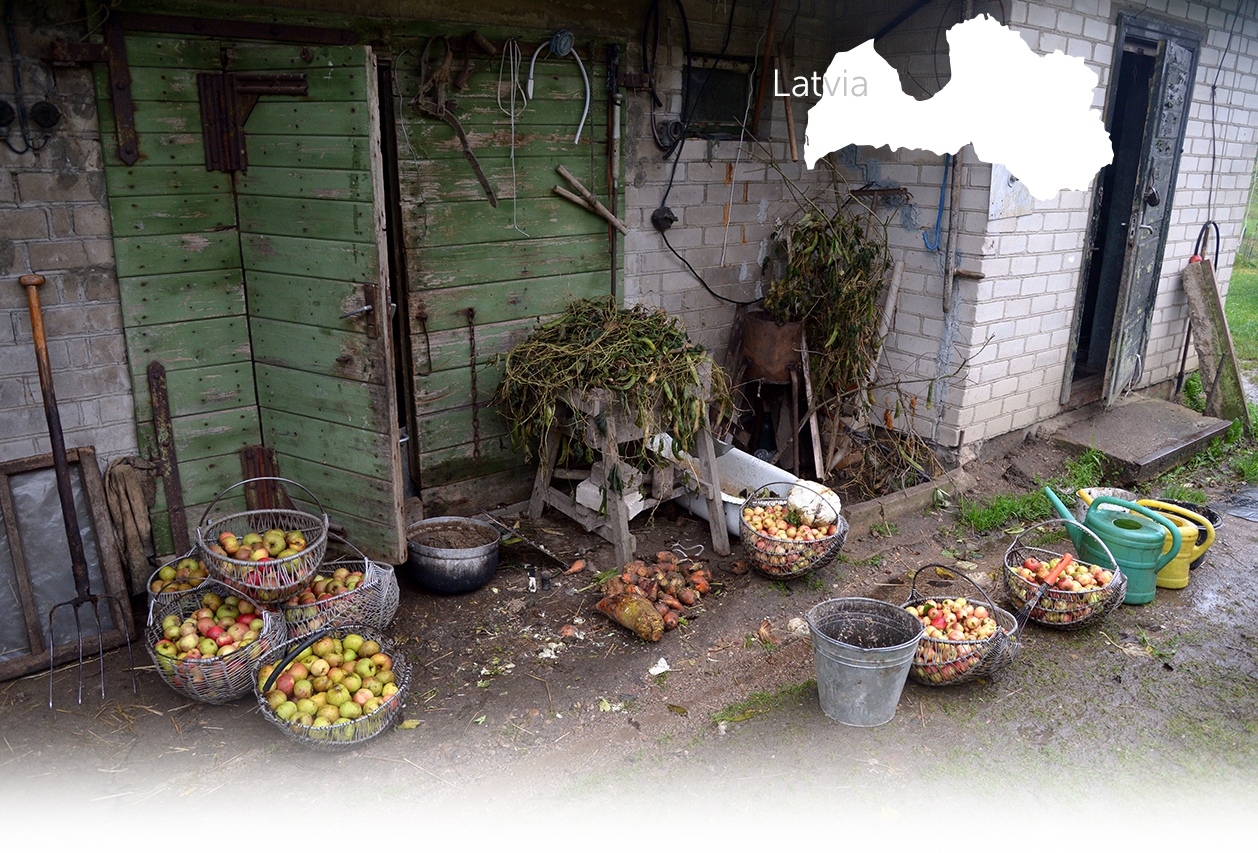

1 Killing site(s)
Nionela S., born in 1929: "I remember that all the Jews were gathered in a school building. The authorities had ordered them to take all their belongings with them because they were going to be sent to Germany. I saw the column going down the main road. Then I heard screams. I went to see what was going on with my sister and my aunt. About a kilometer away from us, we could see the Latvian policemen forcing the children into the pits. Some Jews were forced to dig the pits themselves. Our aunt told us to go home and tell our parents that the Jews were being shot. Later, the valuables of the victims were given to other residents." (Witness n°32LV, interviewed in Daugavpils, on May 7, 2019)
"In August 1941, the German command announced the relocation of the Jewish population to Palestine. German auxiliaries went into the houses, took the Jews out and brought them to the Jewish school on Sondarskaya Street. The elderly and children who did not walk fast enough were beaten by policemen. On July 28, the entire Jewish population of about 300 people was taken to a meadow belonging to the citizen P***, 500 meters from Preili, where a pit had been dug. The victims were shot in groups and also individually. Sometimes the victims had to dig their own pits.
According to witness Kokina F***, on July 26, 1941, a group of 30 Jews was taken to the Jewish cemetery and forced to dig a grave, watched by guards. When two large pits were dug, groups of Jews were brought to the cemetery. The men were killed first, then the others followed. Infants were thrown into the pit alive. Local men were requisitioned to fill the pits. Shortly after the first shooting, all remaining Jews were housed in one street to facilitate surveillance. On August 8, 1941, the German authorities ordered the arrest of all remaining Jews. They were gathered in the synagogue, taken to the Jewish cemetery and shot in the same way as the previous time. Thus, 1900 people, adults and children, were killed by German executioners and their auxiliaries. On August 9, 1941, all the Jews who had managed to hide during the shootings were found and shot. Only 6 Jews survived. In June 1944, in order to erase the traces of their crime, the Germans started to burn the bodies. For this they brought about 40 prisoners to the cemetery and forced them to exhume the bodies. The place was fenced off with a tarpaulin and guards were posted around it. The bodies were sprayed with a flammable liquid and burned. The shooting was conducted by Aizsargs and members of the C-gruppe.” [Act drawn up by Soviet Extraordinary State Commission; GARF 7021-93-94; pp. 563-565]
Preiļi is a town located 176 km (109 miles) southeast of Riga, in the Latgale region of Latvia. The town is one of the oldest settlements in Latvia, with the first historical records dating back to 1250. The local Jewish community began to grow in the early 19th century. In 1847, there were 284 Jewish residents. This number grew rapidly and by 1900, there were 1,375 residents. By 1935, this number peaked at over 1,660, or nearly 85% of the total population. By the 1930s, the town was inhabited by a majority of Jews, as well as some Latvians, Russians and Poles. The Jews were mainly merchants and craftsmen with their own stores. They had no defined neighborhoods and lived alongside the other inhabitants. They had a main synagogue and two prayer houses. The Jewish community also had its own school for children and a cemetery. In the summer of 1940, according to the terms of the German-Soviet non-aggression pact, the region was annexed by the USSR. Jewish stores were nationalized and several prominent local figures were deported to Siberia.
On June 22, 1941, the German armies and their allies began their invasion of the USSR, marking the beginning of Operation Barbarossa. During the first days of the war, about 300 Jews from Preiļi fled to the East. On June 28, the town was captured without resistance from the Soviets, since they had evacuated a few days earlier. By early July, antisemitic restrictive measures were put in place against the local Jews. For example, they were required to wear a yellow star on their clothing. At the end of July 1941, the first arrests of Jews took place. In groups, they were gathered in the synagogue building and taken to a meadow near the Jewish cemetery to be shot. While these shootings were carried out regularly, the German authorities concentrated all the Jews in one street in order to facilitate these operations. The largest executions took place from August 8 to 10, 1941, when Jews from Preiļi but also from the surrounding villages were taken to this location and killed in turn. The mass graves were first dug by Jewish men, then filled in by requisitioned local residents. In total, more than 1,300 Jews, including men, women and children, were victims of these shootings orchestrated by the German security forces and their Latvian collaborators. In June 1944, as the Soviet armies approached, the German authorities ordered the destruction of evidence of these massacres. Thus, about 40 POWs were taken to the meadow where the mass graves were located and had to exhume the bodies. Afterwards, the corpses were piled on pyres in the area of the Jewish cemetery and then burned. Preiļi was liberated by the Red Army in late July 1944.
Do you have additional information regarding a village that you would like to share with Yahad ?
Please contact us at contact@yahadinunum.org
or by calling Yahad – In Unum at +33 (0) 1 53 20 13 17